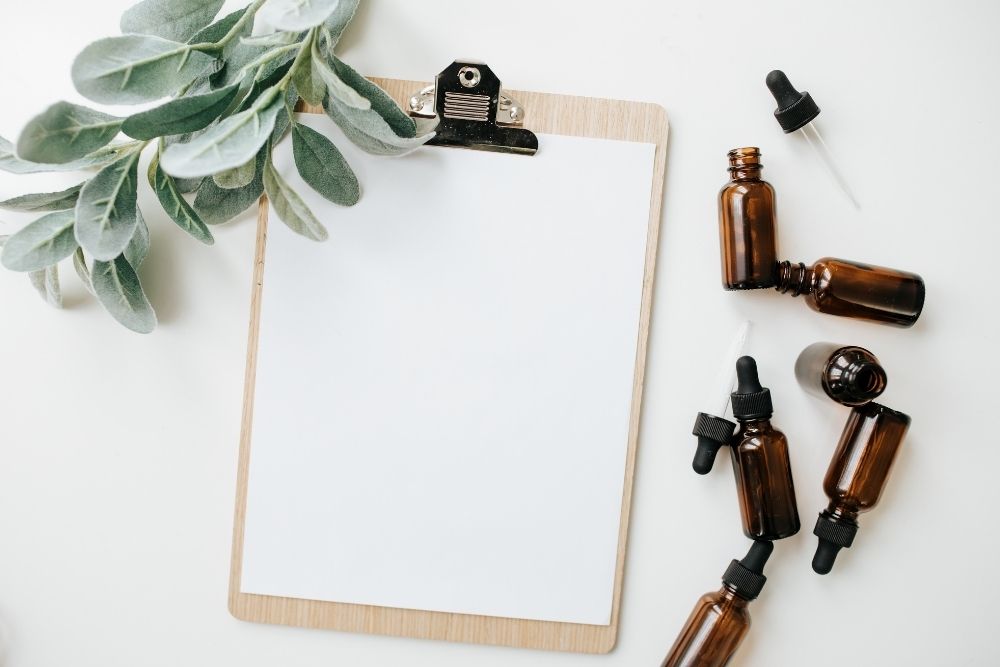You’re standing in the essential oils aisle with 5 different bottles in your hands. Your hands feel sparky as the stress rises in your body.
It’s stressful trying to figure out if an essential oil is pure. Let alone, standing in a store with your phone out trying to decipher essential oil purity through the world-wide-web!
Can’t I just test essential oil purity from home?! Yes, yes you can.
Fake or Not?
Let’s make this simple. Here is a table to reference when you’re checking the purity of your essential oils at home.
| Descriptor | PURE | FAKE |
| Bottle Color | Dark Colored (Amber or Cobalt Blue) | Clear or Other Color |
| Bottle Material | Glass (Plastic lid okay) | Plastic |
| Bottle Name Label | Latin Name | Fragrance or Other Name |
| Purity Label | Yes | No |
| How Oil Is Obtained | Farms/Fields | Not Mentioned |
| Cost | Pricier | Cheap |
| Orifice Reducer | Yes | No |
| Dropper Material | Glass (less frequently metal) | Plastic or Rubber |
| Strength Of Smell | Varies Bottle-to-Bottle | Consistent |
Contents
- Fake or Not?
- 1. Color of the bottle
- 2. Material the bottle is made of
- 3. Bottle name label
- 4. Purity label on the bottle
- 5. How the oil is obtained
- 6. How much the oil costs
- 7. Orifice reducer
- 8. Material the dropper is made of
- 9. How strong the smell is
- 10. Using the essential oil paper test
- Testing Essential Oils On Your Skin
- Overusing Essential Oils
- Pure or Not, Do Essential Oils Work?
- You’re Ready!
That was nice and easy! Now, let’s grab a shovel and dig deeper into checking the purity of your essential oils.
1. Color of the bottle
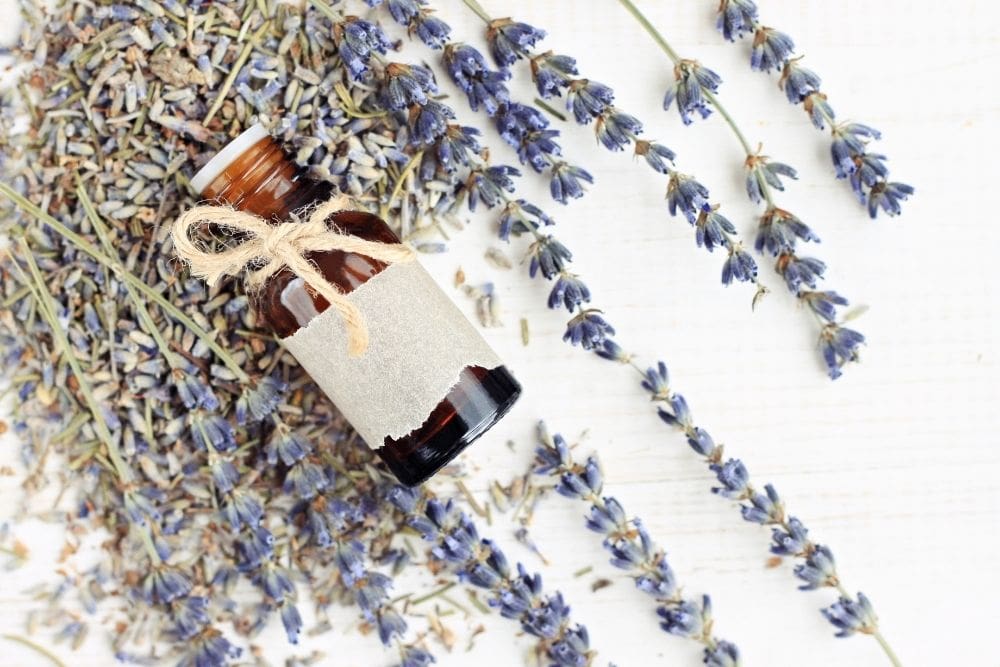
If you aren’t color blind, the first thing you normally notice is the color of the essential oil’s bottle. This is the quickest and easiest way to spot a fake.
If the bottle is amber or cobalt blue in color, it’s highly likely that you have a pure essential oil. If the bottle is clear or any other wacky color, it’s a fake.
Light and heat can mess with your essential oil chemical compounds, causing the oil to break down a lot sooner than you want it to. This is why pure essential oils need a dark-tinted bottle.
2. Material the bottle is made of
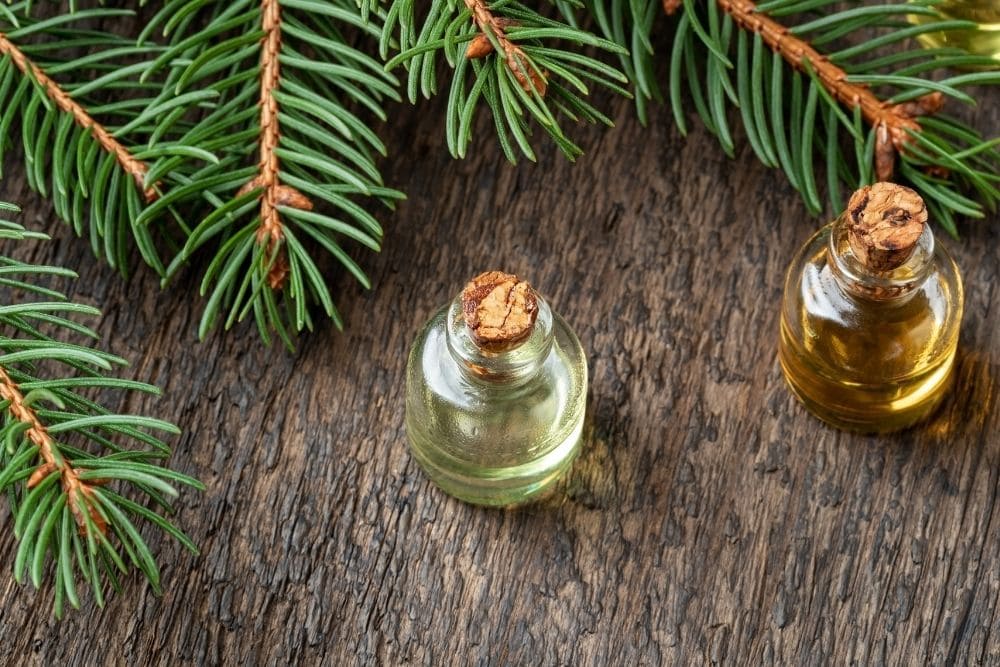
Here is another easy way to spot a dud. Is the bottle made of glass or plastic?
Over time essential oils will seep through plastic bottles ruining the purity of the essential oil. Since glass is a non-porous material, oils will not react negatively with it.
Your essential oil bites into the plastic bottle and thinks, eww, that doesn’t taste very good. Then your oil barfs a new liquid into the bottle that ultimately spoils the purity.
That’s some gross imagery, but it’s going to help you remember the next time you see an essential oil in a plastic bottle. Buy the glass bottle!
3. Bottle name label

If the essential oil label on the bottle has its common name and Latin name on it, it’s most likely pure. If the bottle doesn’t have its Latin name on the label, it’s a sham.
For example; Juniper Berry has the Latin name of Juniperus Communis. You see this name labeled on the bottle? Checkmark your box yes, you’ve got a keeper!
On the other hand, if your bottle is missing the Latin name and is labeled fragrance or essence oil, it’s a fake!
Don’t make the same mistake I made. I bought an oil labeled “refresher oil,” thinking it was pure.
I also made the mistake of putting the “refresher oil” in my diffuser. Refresher oils are actually made for refreshing the fragrance of potpourri.
4. Purity label on the bottle

Don’t weigh the purity of your essential oil completely on this. If your essential oil says 100% pure, it may or may not be pure.
If your essential oil says 100% pure, you should be able to trust it. Though, you shouldn’t completely trust this labeling because manufacturers are allowed to add whatever labels they want, whether they’re true or not.
It’s the same with the “therapeutic grade” label. There is no grading system that makes an oil therapeutic.
Manufacturers place this on their essential oil bottles knowing customers are more likely to buy their product.
If the therapeutic grade label isn’t fully true, doesn’t this open the door for another inaccurate labeling?
Pay attention to the 100% pure label. If your bottle says 100% pure and then lists the common name and the Latin name, the oil is most likely pure.
If the label reads 100% pure essential oil “blend,” it’s quite possible the oil is blended with a carrier oil like jojoba, which makes this oil not 100% pure.
5. How the oil is obtained
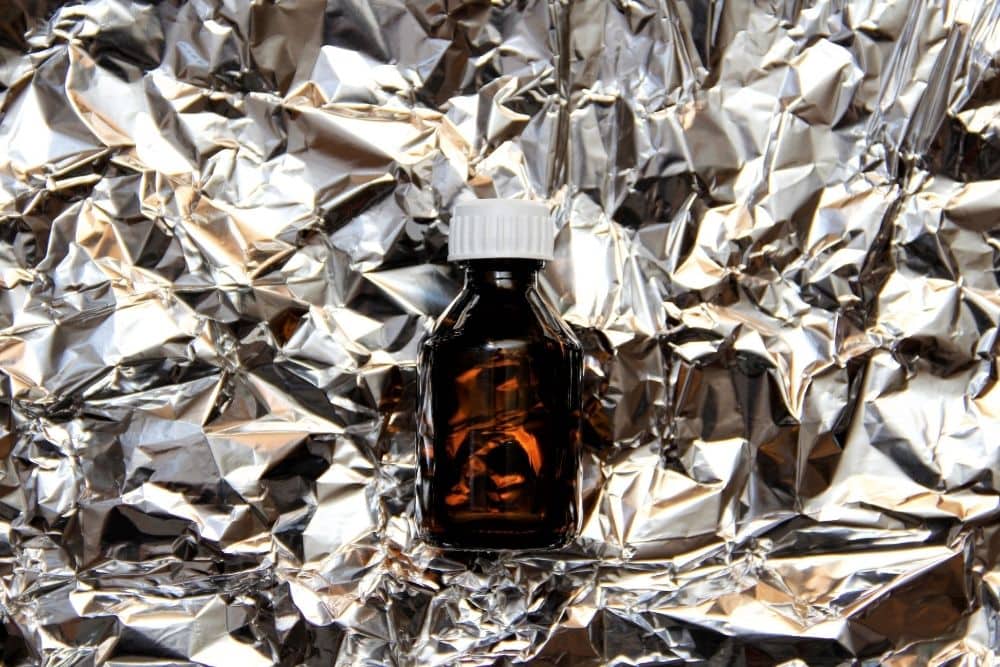
Most essential oil bottle labels are too small to squeeze in how the oil is obtained. If you’re using this way to check the purity of your essential oil, you’ll have to find the information online.
When you search the brand and they talk about obtaining their essential oils from farming and fields, you’ve got a pure one. If the brand doesn’t mention how they obtained the oil, it’s safe to bet it’s impure.
6. How much the oil costs
This purity check is a given. If the essential oil is extremely expensive it’s pure.
You can find cheap pure essential oils, but you’re more likely to run into adulterated oils.
If cheap is all you can afford, I suggest researching more into the brand and check the purity of the essential oils using some of the other ways mentioned in this article.
7. Orifice reducer
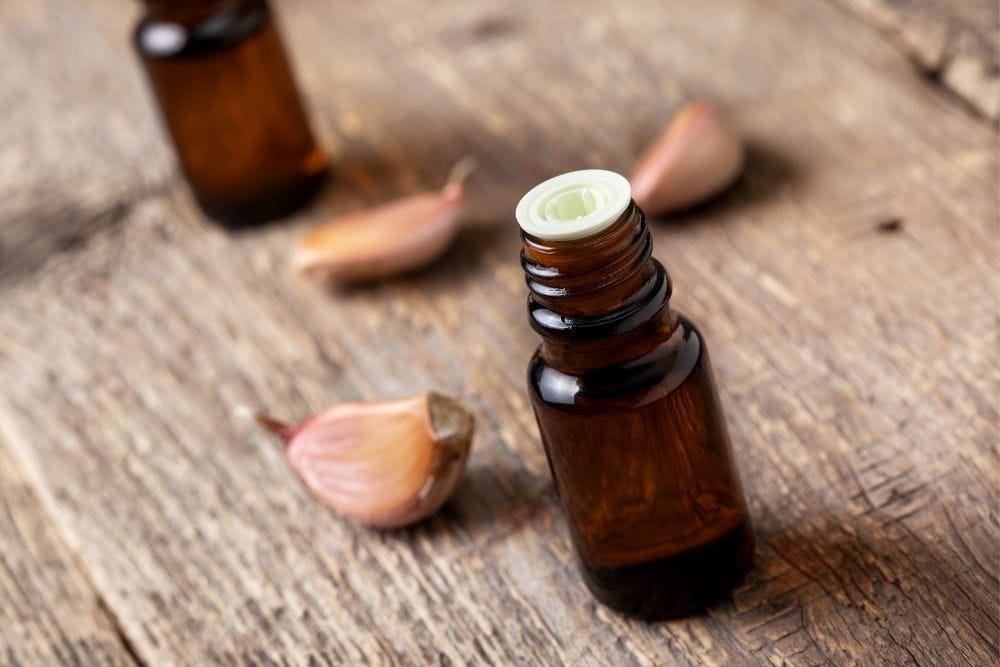
What’s an orifice reducer? It’s the clear white piece on the top of your bottle that makes the oil drip out slower.
The orifice reducer stops air from getting in that would break down your essential oil.
If a company goes to the extent of placing these tiny white pieces on the tops of every bottle they produce, they obviously care about the oil’s purity.
8. Material the dropper is made of
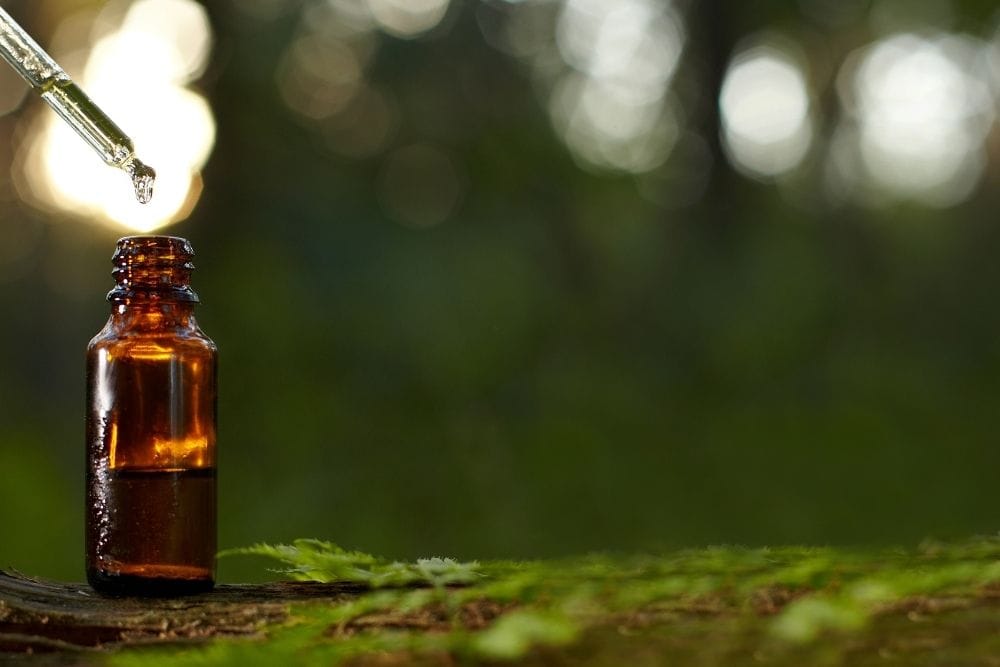
Just because it doesn’t have an orifice reducer, doesn’t mean it’s not pure. There are a lot of essential oils that come with droppers instead.
What’s important here, is what the dropper is made of. If the dropper is made out of glass, it’s more likely to be pure.
If the dropper is made with plastic or rubber it’s probably fake. If there is no orifice reducer or dropper and it comes with just a lid, fake.
9. How strong the smell is
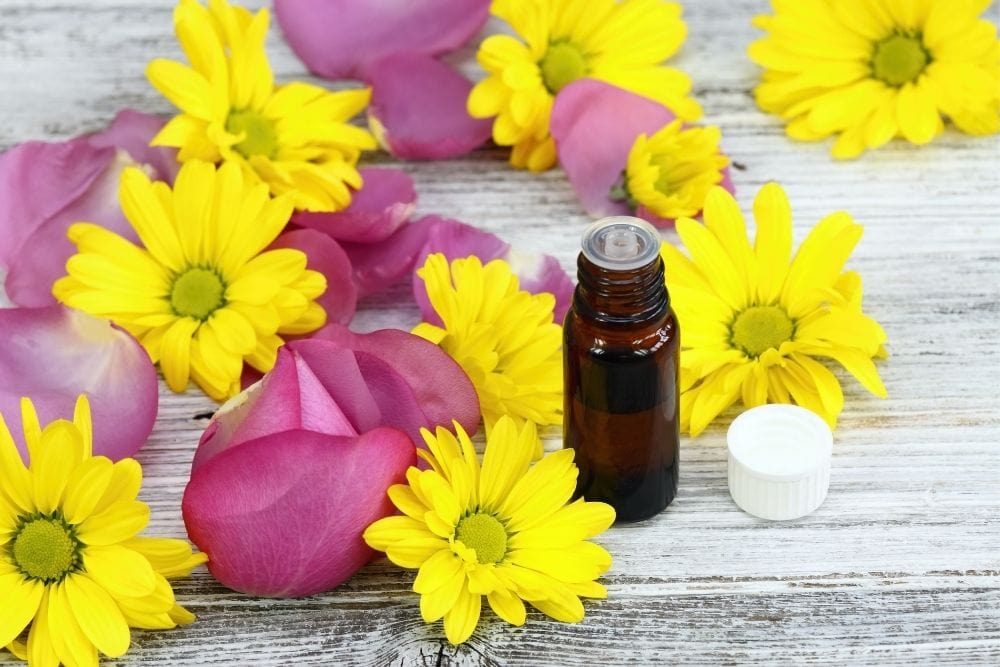
The strength of smell can be easy or hard to detect when checking for purity. It really depends on how great your sniffer is!
Interestingly, essential oils bought from the same brand that smell different each time, is a positive sign of purity. When companies farm natural plants, they can’t control every variable in the fields.
The amount of rain, temperature changes, soil types, and many other variables will impact the strength of the essential oil smell. Wow, who knew?!
On the other hand, when your essential oils smell the same each time you’re dealing with a fake. If the oil smells really sweet it’s most likely not pure either.
Manufacturers that produce the same smell every time are most likely adding some synthetic.
This is how companies can ensure the smell is the same every time.
Pure essential oils should smell sharp, not sweet. They’re plants, not candy!
10. Using the essential oil paper test
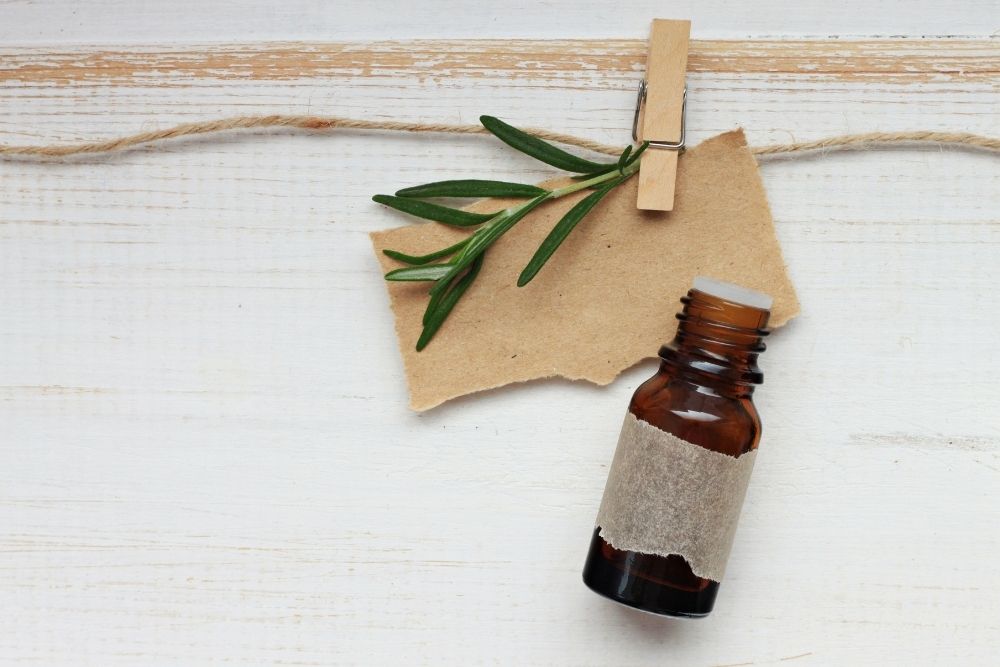
Did you notice this method of checking purity wasn’t added to the chart above? There’s a reason why.
There are conflicting beliefs about the paper test and its accuracy to check essential oil purity. Some people believe it’s an accurate method, while others believe it’s a flawed method.
How the essential oil paper test works is, you place a single drop of oil on white printer paper and let it dry. If there is a greasy ring around the drop, the oil is supposedly rigged with impurities.
Some people swear by this method while others are completely against it. The people against this method say some oils are heavier and it’s normal for them to leave a residue behind.
They also believe companies are getting smarter by not adding carrier oils to the essential oil. Companies are adding new materials that aren’t as easily noticed through the essential oil paper test method.
And still, some folks play the middle field. They use the paper test, but they know there are exceptions to different oils.
In conclusion, the essential oil paper test is unreliable. Test essential oil purity using the first 9 ways, before going straight into the paper test.
Testing Essential Oils On Your Skin
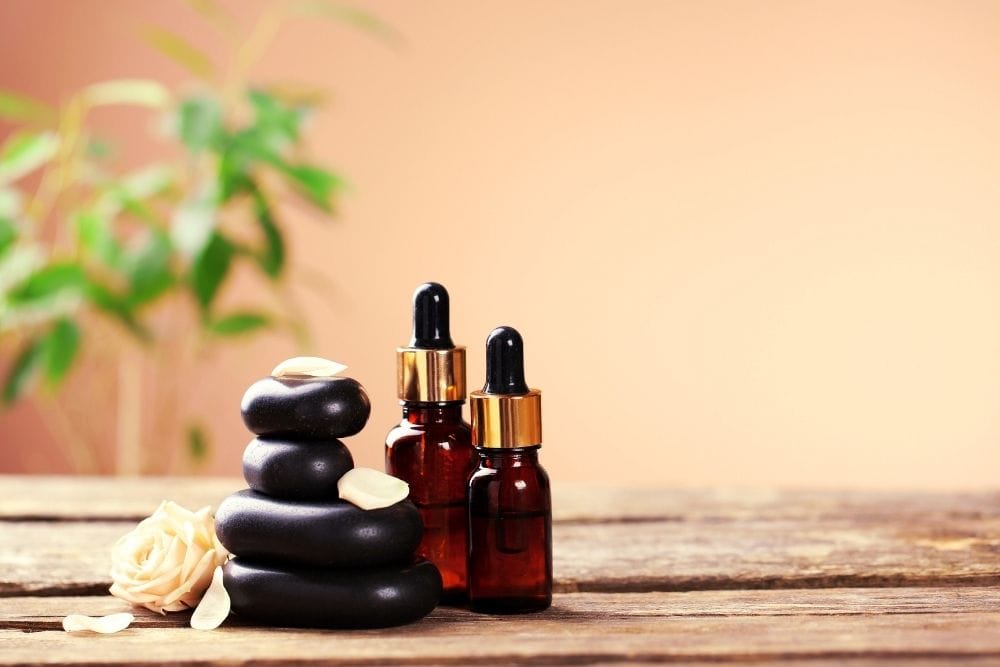
Now that we’ve ensured our essential oils are pure, it’s time to do a skin patch test.
It’s important to do a skin test before using essential oils to rule out any existing sensitivity/irritation from certain essential oils.
How To Do The Skin Patch Test?
- A skin patch test is straightforward. Dilute 1 drop of essential oil in 4 drops of carrier oil (such as; jojoba, coconut, sweet almond, olive, or grape seed).
- Apply a dime-sized amount of the diluted mixture onto a small area of non-sensitive skin (such as the top of your hand or forearm). After you rub the mixture in, place a bandage on top of the area to prevent the oil from getting all over you.
- Wash your hands well and pay attention to how your skin reacts to the skin patch test over the next 24 hours. If a rash forms or you feel irritation or discomfort, remove the bandage and wash your skin thoroughly with soapy water.
- Also, pay attention to the other more serious side effects. If your skin doesn’t like it, bid farewell to that specific essential oil. Sad day, but it’s your safety that matters here.
Overusing Essential Oils

You are super excited! You’ve completed the skin patch test and no side effects!
But this doesn’t mean you can bathe yourself in as much essential oil as you’d like. It is possible to overuse essential oils.
Essential oils can be toxic and poisonous if overused. Overuse can also cause chemical burns, allergic reactions, and respiratory issues.
Essential oils can be bad for your lungs. Health experts recommend 15-20 minutes at a time, enough to saturate a room with the scent.
I’ve also read in bigger rooms you can have an essential oils diffuser on for 30-60 minutes. You never want to inhale essential oils for more than an hour at a time.
You can inhale essential oils throughout the day intermittently, if you diffuse for 30-60 minutes and then turn the diffuser off for 30-60 minutes. Pay attention to how your body and mind react.
Again, you can overuse essential oils. Always follow health experts’ advice and manufacturer guidelines to prevent over-usage.
Pure or Not, Do Essential Oils Work?

Like the paper test purity method, the answer to this question is disputable. There is, however, scientifically proven research stating certain essential oils benefit your mood and decrease stress levels.
There was a scientific study that revealed lemon oil balm reduced agitation in dementia patients. Another scientific study proved tea tree oil treats acne and oils such as thyme, rosemary, lavender, and cedarwood helped people with hair loss.
There is no result-based research proving essential oils can cure illnesses. Yes, essential oils have proven health benefits, but the answer to if essential oils work is still undetermined.
We are only beginning in-depth research on essential oil benefits. There are current clinical studies happening all over the world.
Every day people are accumulating a growing knowledge on essential oils. Who knows, we could be very close to discovering new health benefits from essential oils in the near future!
You’re Ready!
So now you know 10 ways to check if your essential oils are pure or fake. Whether you shop for your essential oils online or in-store, you have a better idea of what to look for.
You can prevent a stressful hospital visit by using the skin patch test. Testing to see if your skin is sensitive to essential oil is necessary.
You can enjoy the many benefits of essential oils and do it safely.
Overdosing on essential oils is always possible, even if you’ve done the skin patch test.
Now, it’s up to you to find the purest forms of essential oils. You’re ready – go now!

I currently work as a medical receptionist, but my ultimate goal is to work as an occupational therapy assistant. Helping others achieve a better quality of life is something I’m after. That’s one of the main reasons I started this blog. Learn more about me.
